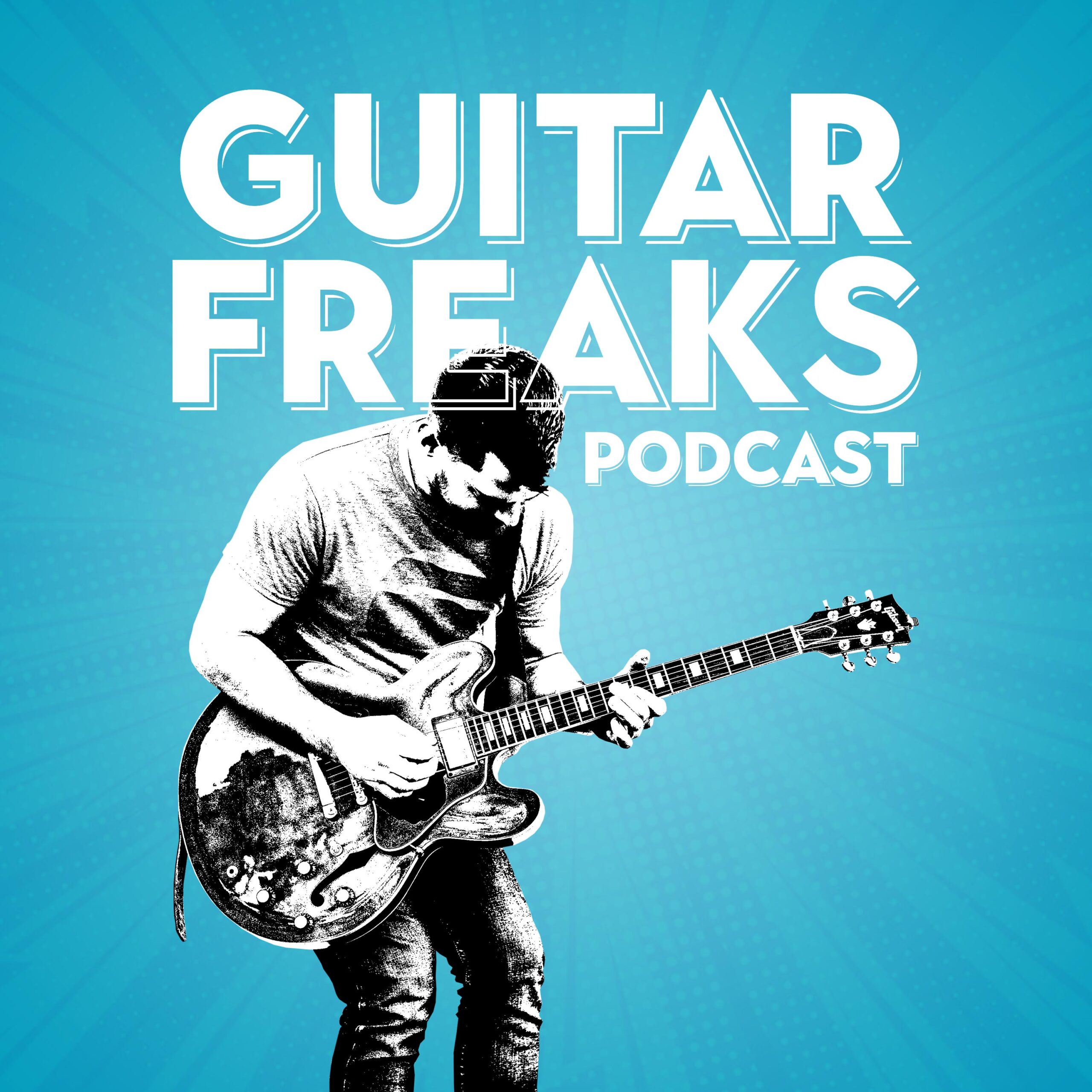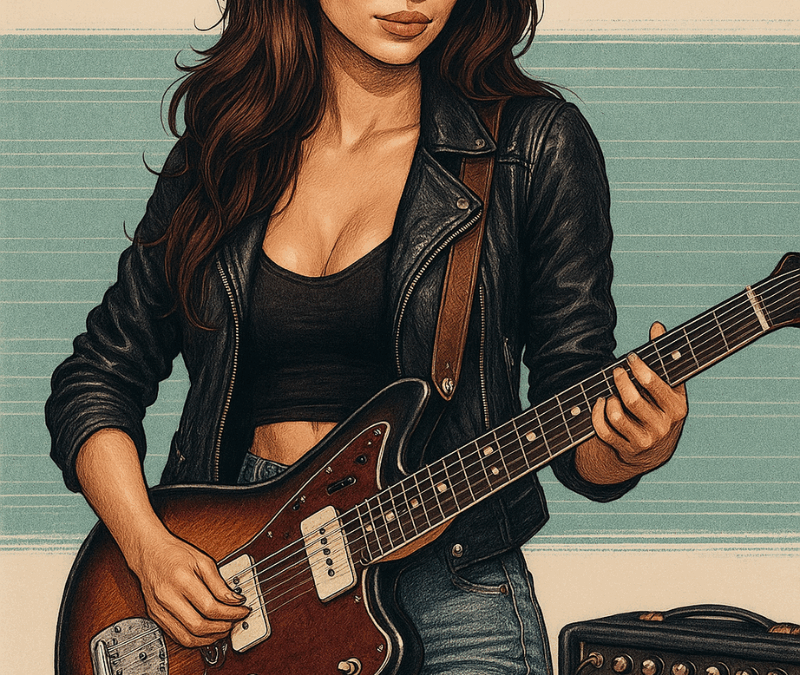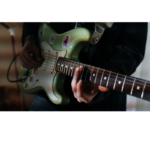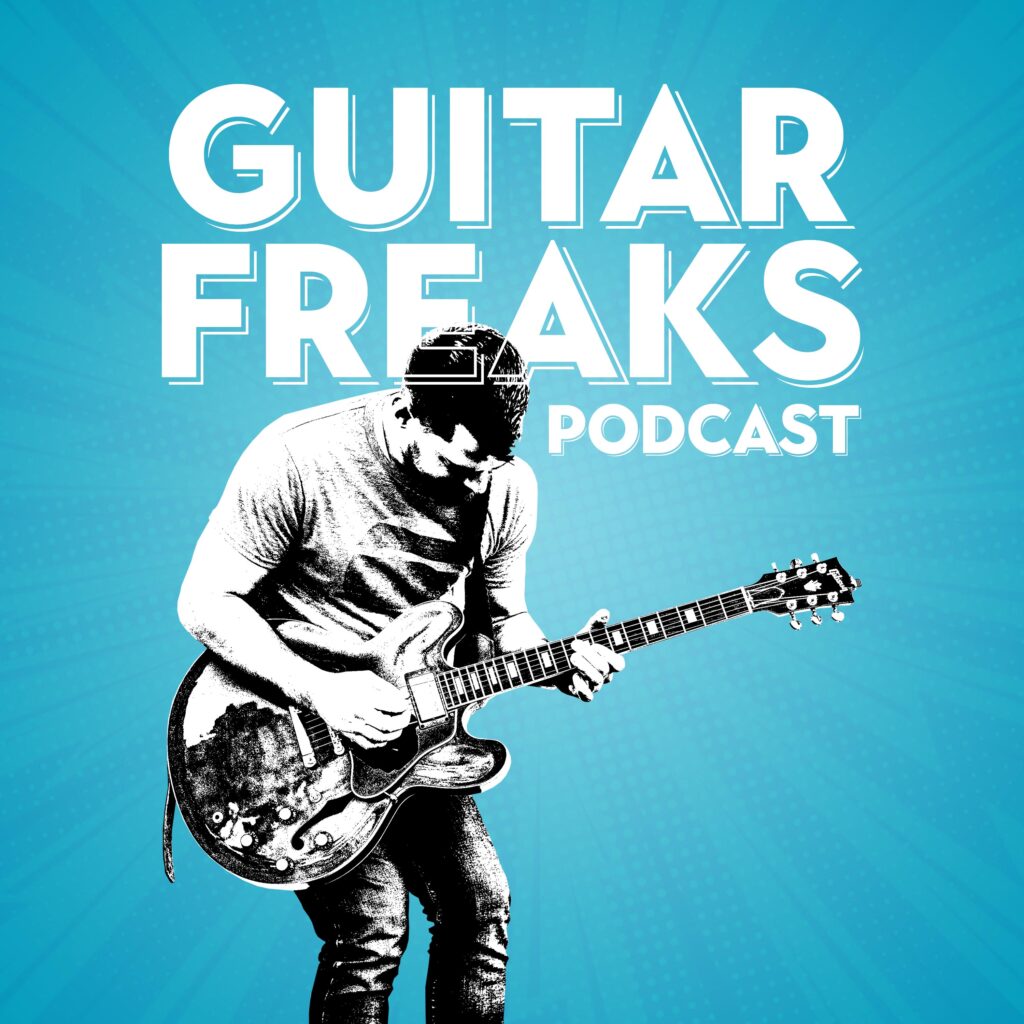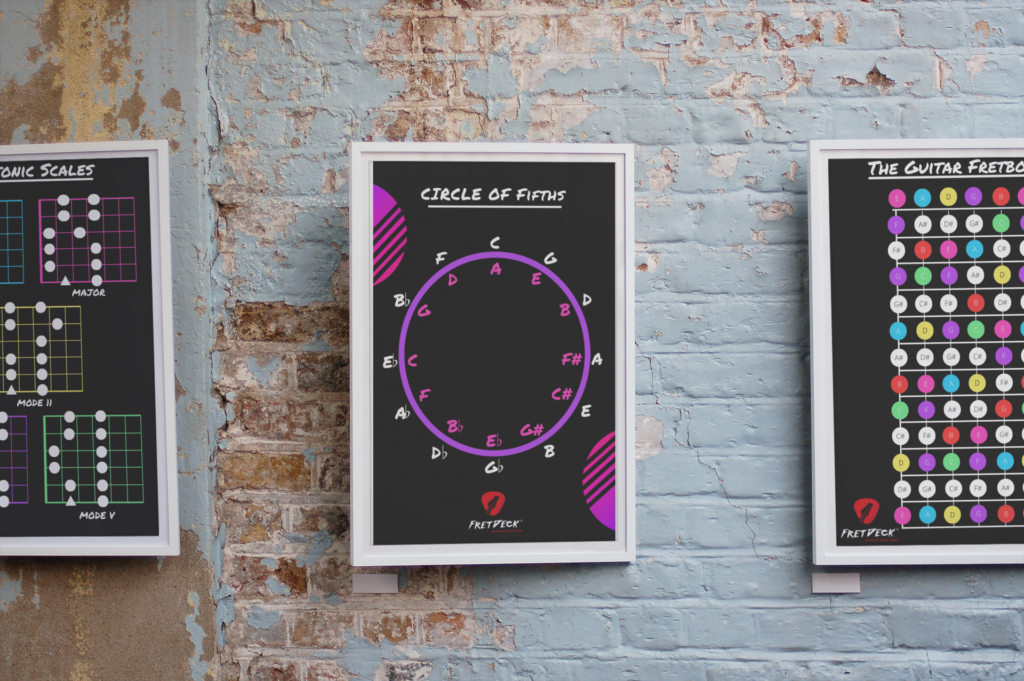If you’re still circling the same box shapes and wondering why your solos sound flat, here’s your wake-up call: the fastest way to real progress is knowing the right guitar scales to practice—and learning to practice them musically.
Not drills. Not memorization. But scales as living, breathing tools for expression.
Think of it this way: Hendrix didn’t sound like Hendrix because he “ran patterns.” He sounded like Hendrix because he owned a few key scales and twisted them into music. That’s your roadmap, too.
🎯 Why Practicing Guitar Scales Still Works (If You Do It Right)
Scales are the skeleton key to the guitar neck. Done right, they build:
- Improvisation skills (never guess again when jamming)
- Visual fretboard mastery (know where you are at all times)
- Muscle memory (your fingers go where your ears want)
- Rhythmic phrasing (your solos stop sounding robotic)
- Creative confidence (you can actually say something on the guitar)
But here’s the trick: if you’re just running up and down, you’re missing the point. Scales are meant to sing, not to suffocate.
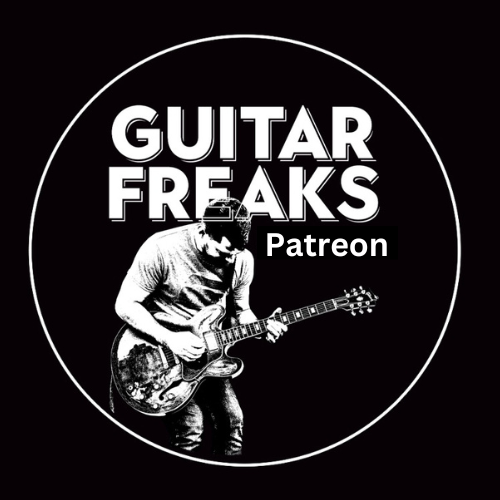
🎸 Join the Guitar Freaks Patreon!
Get SoloCraft™ E-Book & FretDeck™ FREE!
Join Guitar Freaks on Patreon and instantly unlock my full e-book SoloCraft & FretDeck™ Guitar Scales—your step-by-step guide to fretboard mastery and crafting soulful solos.
New video lesson drops every Friday so you’ve always got a fresh, focused practice plan for the week.
👉 Don’t miss out—join now and grab your free copy!
❌ Stop Guessing. Start Shredding.
If you’re still fumbling through scale shapes with no clue how to use them, you’re stalling your progress.
That’s why I built FretDeck™, the no-fluff visual system that helps you master the fretboard—fast. Hundreds of guitarists are already backing it on Kickstarter, and you can grab early access now.
👉 Click here to back FretDeck™ before early bird rewards vanish.
This isn’t for dabblers. It’s for players who want results.
🔥 The 5 Guitar Scales to Practice (And How to Use Them)
These aren’t random finger workouts. They’re the scales guitar legends leaned on—and the same ones we teach inside my Patreon lessons and the FretDeck™ Pentatonic System.
1. A Minor Pentatonic
The Foundation of Rock & Blues
📍 Start at the 5th fret, low E string.
✅ Why It Works: Hendrix, Clapton, Slash—they all lived here. It’s expressive, simple, and loaded with bends, slides, and grit.
🎵 Practice Prompt: Jam over an Am – Dm – E vamp. Play across strings, not just up and down. Say note names out loud.
2. C Major Pentatonic
The Brighter Side of Soloing
📍 Rooted at the 8th fret, low E string.
✅ Why It Works: B.B. King used it to outline chord tones and paint melodies with sunshine.
🎵 Practice Prompt: Blend this with A minor pentatonic over a C – F – G progression for emotional contrast.
3. D Dorian Mode
Minor with a Twist
📍 Rooted at the 10th fret, low E string.
✅ Why It Works: Santana, Jerry Garcia, Robben Ford—they all loved the smooth, jazzy edge of that major 6th.
🎵 Practice Prompt: Over a Dm7 vamp, target the B note (major 6th). You’ll instantly sound modal, not generic.
4. A Blues Scale
Add Soul & Tension
📍 A – C – D – D# – E – G – A.
✅ Why It Works: Add the ♭5 “blue note” to the minor pentatonic and suddenly you’ve got fire.
🎵 Practice Prompt: Play call-and-response licks over a slow blues in A. Let the D# note be your spice.
5. The Chromatic Scale
Not Just for Jazz Geeks
✅ Why It Works: Every note on the neck. Perfect for dexterity, timing, and “walking” into target notes.
🎵 Practice Prompt: Run frets 1–12 on each string slowly and cleanly. Then use chromatic notes as glue in your licks.
🧠 Bonus: Intervals = Music, Not Math
Scales aren’t just collections of notes. They’re intervals—the DNA of melody. Learn to target 3rds, 5ths, and octaves inside your scales, and you’ll stop sounding like you’re “practicing” and start sounding like you’re playing.
🗓️ A Weekly Guitar Scale Routine (That Actually Works)
| Day | Scale | Focus |
|---|---|---|
| Mon | A Minor Pentatonic | Jam slow blues in Am |
| Tue | C Major Pentatonic | Blend with A minor |
| Wed | D Dorian | Modal improv with looper |
| Thu | A Blues Scale | Call-and-response |
| Fri | Chromatic | Finger warm-ups |
| Sat | Intervals | Target 3rds & 5ths |
| Sun | Free Solo | Mix 2–3 scales |
🚀 Want Accountability?
Here’s where most guitarists blow it: they practice for a week, get bored, and quit. Don’t do that.
Inside my Patreon channel, you’ll get:
- Weekly scale prompts
- Backing tracks
- Direct feedback on your playing
👉 Join Patreon now for less than the cost of two strings changes a month, and unlock the structure that keeps you moving forward.

🎸 Join the Guitar Freaks Patreon!
Get SoloCraft™ E-Book & FretDeck™ FREE!
Join Guitar Freaks on Patreon and instantly unlock my full e-book SoloCraft & FretDeck™ Guitar Scales—your step-by-step guide to fretboard mastery and crafting soulful solos.
New video lesson drops every Friday so you’ve always got a fresh, focused practice plan for the week.
👉 Don’t miss out—join now and grab your free copy!
🎸 Final Recap: The Guitar Scales to Practice Today
- A Minor Pentatonic
- C Major Pentatonic
- D Dorian
- A Blues Scale
- Chromatic
Don’t just “learn” them. Live in them. Make them sing.
Stop guessing. Start shredding.
Back FretDeck™ today and join Guitar Freaks Hangout to unlock the neck—one card at a time.
🔗 Guitar Scales to Practice PDF: Unlock Your Fretboard Freedom
🔗 Explore Artist Masterclasses on TrueFire
